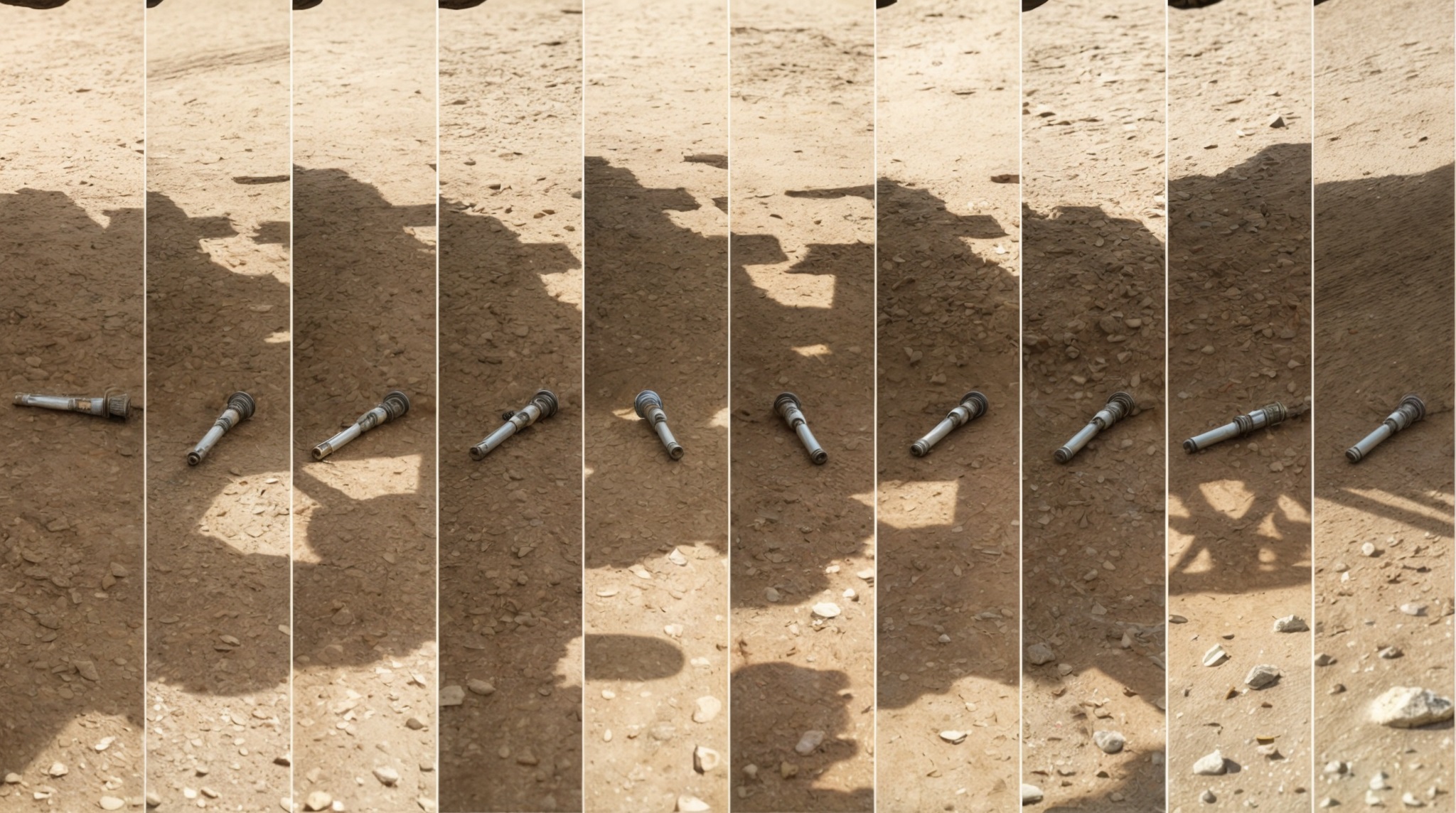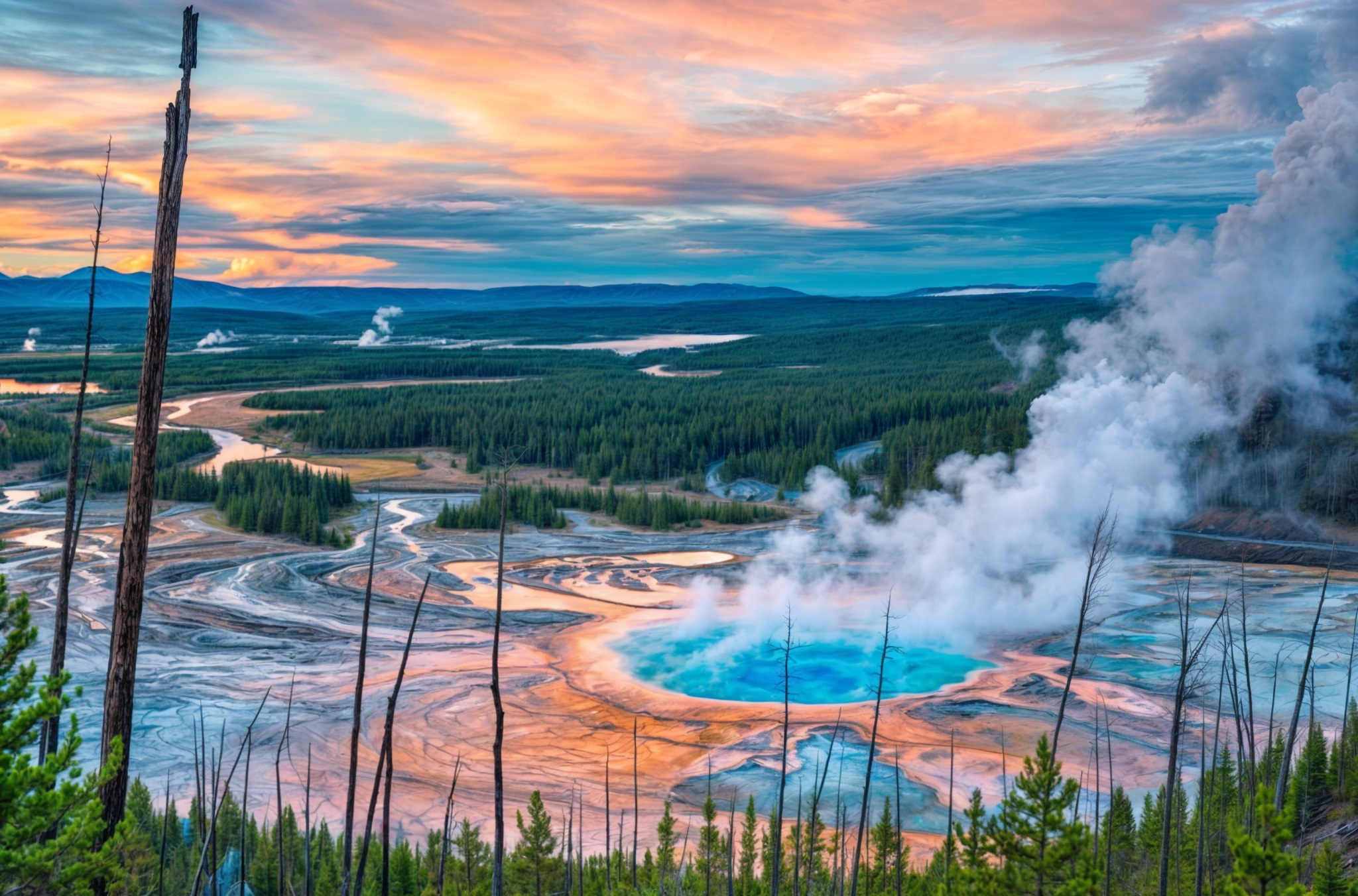NASA’s Plan to Bring Back Martian Rocks: When Scientists Become Space Pirates!

NASA has announced its plan to explore two different approaches for bringing back the first-ever rock and sediment samples from Mars. Yes, they’ve decided that for an interplanetary mission, it’s best to act like choosing between pizza or a burger: try both and see which one works better!
Two Paths to Mars: Which Will Succeed?
NASA’s Mars Sample Return program will test two different methods for landing on Mars. The first involves the tried-and-true “sky crane” system used successfully in the Curiosity and Perseverance missions. The second option? Collaborating with the private sector-which basically means telling a private company, “You go to Mars; we’ll watch and cheer you on!
These two approaches are not just aimed at saving time and money but also to encourage creativity. Apparently, even in space, competition works wonders.
Why Are These Samples So Important?
These rocks aren’t just for show! NASA believes these samples could unlock secrets about Mars’ geological history, the early solar system, and even the potential for ancient Martian life.
As Bill Nelson, NASA Administrator, said: “These samples have the potential to change how we view Mars, the universe, and even ourselves.” And if we are going to understand ourselves better, why not start with Mars?
Mission to Mars: When Robots Do the Hard Work
Nicky Fox, head of NASA’s Science Directorate, said: “Our robots are collecting groundbreaking science samples and are withstanding the harsh environment of Mars. We want to get them back to Earth as soon as possible to study them in state-of-the-art facilities.”
But this mission isn’t all about rocks. NASA says this project is a key part of getting humans ready one day to land on Mars. Yes, humans on Mars-perhaps setting up the first interplanetary pizza joint!
The Technical Details: Mars Isn’t Falling Behind in Tech Either
Both plans involve a platform that lands on Mars carrying a smaller version of the Mars Ascent Vehicle-a mini-rocket that launches the samples into Martian orbit. Solar panels would be swapped out for a radioisotope power system to make sure the platform could survive through Mars’ notorious dust storms.
Once in orbit, the samples will be collected by the Earth Return Orbiter, developed by the European Space Agency (ESA), and safely brought back to Earth.
Should Mars Be Worried?
Mars might not say anything for now, but if these rocks could talk, they’d probably shout: “We’ve been kidnapped! Leave Mars alone!” Rest assured, NASA has promised the mission is completely safe for both Mars and Earth.
Conclusion: A Space Race or a Scientific Adventure?
This program is not a race against time and shrinking budgets for NASA but an opening of a new chapter in scientific exploration. Whether through the sky crane or private sector partnership, one thing stands sure: Mars is about to get the tag of the most popular “space tourism destination.”.
Till then, you can look forward to these Martian rocks arriving on Earth, and who knows, maybe one day you’ll buy a “Martian rock bracelet”!
Source: NASA





